Tampa Water Quality at a Glance
significant contamination
Is Tampa Water Safe to Drink?
Legally Compliant But Concerning – Tampa water meets federal standards but contains 17 contaminants exceeding health guidelines, including PFAS “forever chemicals” (PFOA at 1.29 ppt, PFOS at 3.87 ppt), extremely high levels of haloacetic acids (254x above guidelines), and radioactive substances. Drawing from aquifers and surface water, contamination includes treatment byproducts and groundwater pollution affecting the 717,000 residents served.
⚠️ Key Concerns for Tampa Residents
- PFAS “Forever Chemicals”: PFOA detected at 14x above health guidelines, PFOS at 13x; PFHXS at staggering 1,686x above guidelines
- Extreme Disinfection Byproducts: Haloacetic acids at 254x above guidelines; trihalomethanes at 97x; bromate at 25x above safety levels
- Radioactive Contamination: Radium at 6x above guidelines; uranium detected; naturally occurring in Florida’s geology
- Carcinogens Present: Arsenic, chromium-6, and multiple cancer-causing chemicals from treatment and environmental sources
Read the full report below for detailed analysis, city-specific data, and actionable recommendations for Tampa residents.
Tampa – Florida – Water Quality Report 2025: PFAS Testing, Infrastructure Concerns & Safety across your city
Tampa’s Water Department manages an extensive municipal water system serving over 717,000 residents across Tampa and parts of Hillsborough County. The system draws its drinking water from a vast below-ground aquifer system (groundwater approximately 63%), surface water supplies including the Hillsborough River, Alafia River, and Tampa Bypass Canal (36%), and the Tampa Bay Seawater Desalination Plant (1%).
While Tampa’s water meets all federal and state drinking water standards, independent testing has revealed concerning levels of contaminants including PFAS “forever chemicals” (PFOA at 1.29 ppt, PFOS at 3.87 ppt), extremely high disinfection byproducts (haloacetic acids at 254x above health guidelines), and radioactive substances. The city continues to monitor 29 different PFAS compounds as part of EPA’s Unregulated Contaminant Monitoring Rule and is working to address water quality challenges while maintaining regulatory compliance.
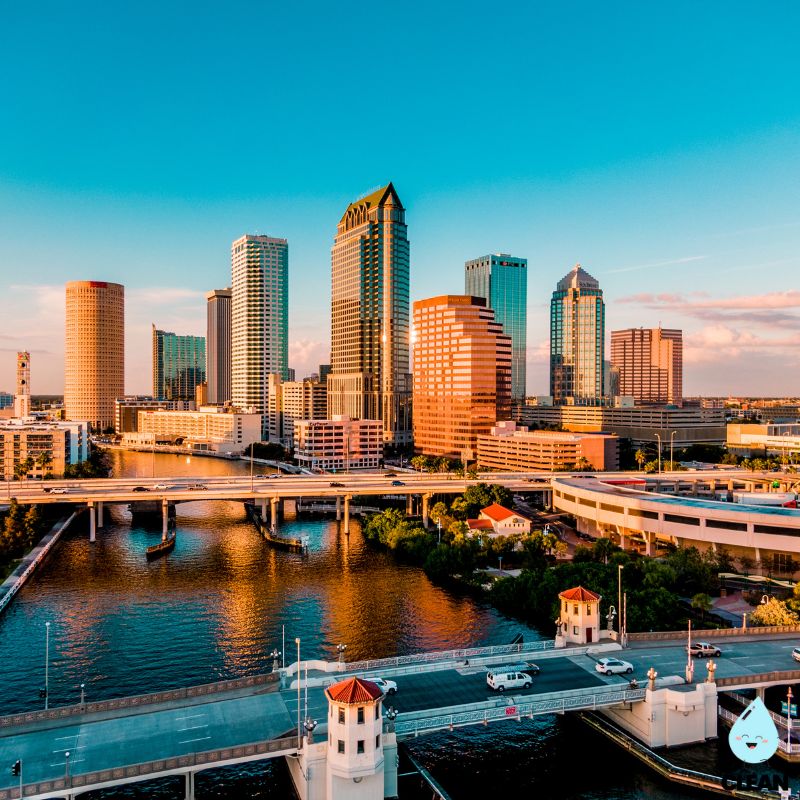
Tampa Water Quality: Current Status (2024-2025)
Latest Testing Results
- PFAS Detection: Recent testing under EPA’s Fifth Unregulated Contaminant Monitoring Rule (UCMR 5) found multiple PFAS compounds including PFOA at 1.29 ppt, PFOS at 3.87 ppt, and PFHXS at 1.69 ppt, all above strict health guidelines despite being below proposed federal limits.
- Testing Scope: Tampa monitors 29 different PFAS compounds and conducts extensive water quality testing throughout the distribution system to ensure safety and regulatory compliance.
- Compliance Status: Tampa’s water meets all current federal and state drinking water standards, maintaining full compliance with EPA and Florida Department of Environmental Protection regulations as of April-June 2024.
Diverse Water Sources
- Groundwater Aquifers: Primary source (approximately 63% of supply) from regional wellfields managed by Tampa Bay Water, with some wells showing low levels of PFAS contamination.
- Surface Water: Hillsborough River, Alafia River, and Tampa Bypass Canal provide approximately 36% of regional supply through Tampa Bay Water’s interconnected system.
- Desalination Plant: Tampa Bay Seawater Desalination Plant provides approximately 1% of supply, with capacity for increased production during drought periods to enhance system reliability.
Advanced Treatment Technology
- Multi-Barrier Approach: Treatment facilities employ coagulation, flocculation, sedimentation, filtration, and disinfection processes, though these create concerning levels of disinfection byproducts.
- Disinfection Challenges: Current treatment processes result in haloacetic acids at 254x above health guidelines and total trihalomethanes at 97x above health guidelines, requiring enhanced treatment considerations.
- PFAS Treatment Planning: Tampa is developing systems to reduce PFAS levels by filtering more organic matter from source water to improve overall water quality and reduce treatment costs.
Infrastructure Modernization
- Distribution System: Extensive network of water mains serves the 717,000 residents across Tampa and unincorporated Hillsborough County, with ongoing maintenance and upgrades.
- Water Quality Monitoring: Continuous monitoring throughout the distribution system to track contaminant levels and ensure regulatory compliance despite elevated health guideline exceedances.
- Climate Resilience: System designed to handle Florida’s challenging weather conditions, with multiple water sources providing operational flexibility during extreme events.
Customer Protection Initiatives
Tampa provides comprehensive customer programs and maintains transparent reporting with annual Consumer Confidence Reports available through the city’s water department. While the water meets federal standards, residents concerned about PFAS and disinfection byproducts may consider NSF-certified water filters, particularly reverse osmosis systems that can effectively remove these contaminants. The Tampa Water Department continues its PFAS monitoring program and is planning treatment improvements to address emerging contaminant concerns while maintaining system reliability during Florida’s variable weather patterns and seasonal demand changes.
Recommendations for Tampa Residents
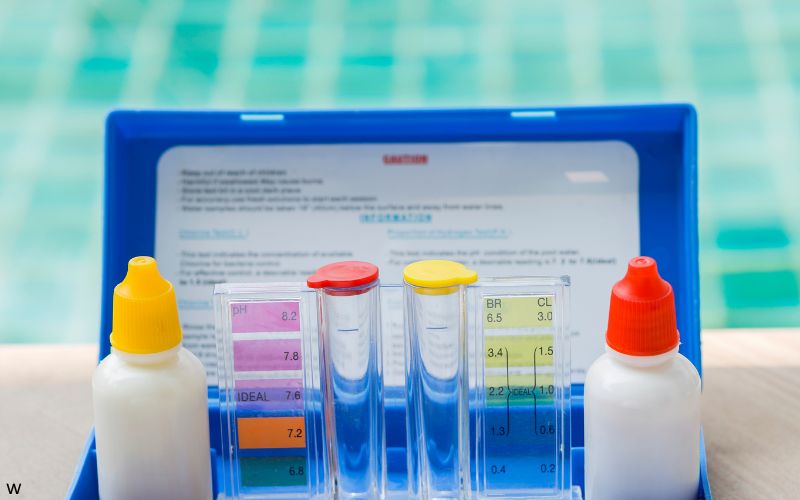
Request Water Testing
Consider independent water testing for PFAS and other contaminants of concern. Contact Tampa Water Department at (813) 274-8811 for information about their testing programs and results, particularly given recent PFAS detections.
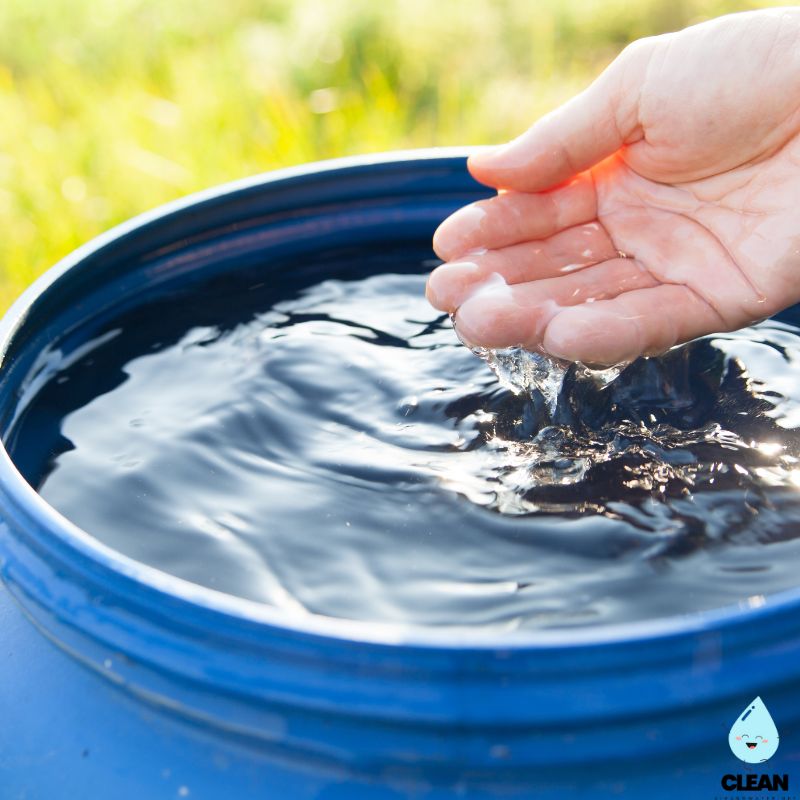
Conserve Water
Participate in Tampa’s water conservation programs including irrigation evaluations and rebates for high-efficiency fixtures. Conservation helps protect source water quality. Visit tampa.gov/waterconservation or call (813) 274-8811.
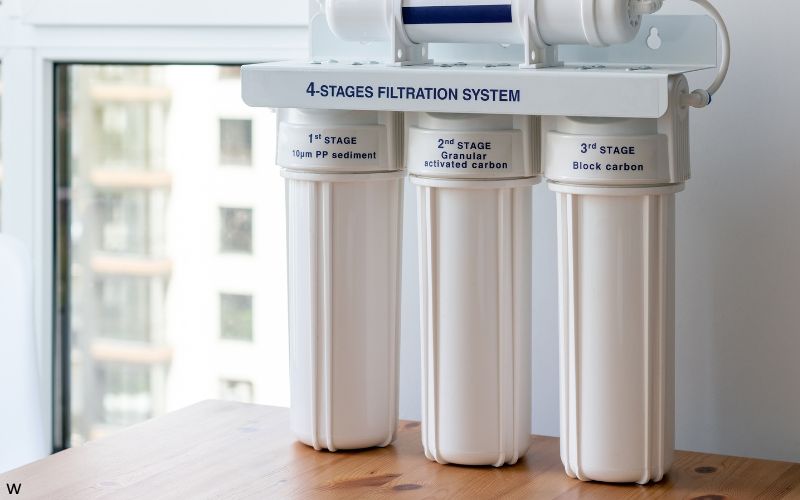
Consider Home Filtration
Given detected PFAS levels and elevated disinfection byproducts, residents may benefit from NSF-certified reverse osmosis filters that can effectively remove these contaminants. Look for systems certified for PFAS removal.

Flush After Inactivity
If water has been sitting in pipes for more than 6 hours, run cold water for 30-60 seconds before using for drinking or cooking. This helps flush any contaminants that may have accumulated in standing water.

Report Water Issues
Contact the Tampa Water Department at (813) 274-8811 for quality concerns or pressure problems during business hours. For after-hours emergencies, call (813) 274-3101 to reach the 24/7 dispatch center.
Quality News About Your Water
Get the comprehensive water quality news coverage you need with our dedicated US Water News Service. From coast to coast, we deliver in-depth reporting and expert analysis on PFAS contamination, EPA regulatory changes, infrastructure developments, and emerging water safety issues affecting communities nationwide. While mainstream media only covers the biggest stories, we provide the detailed, ongoing coverage that helps you understand the full scope of America’s water challenges. Whether you’re a concerned citizen, water professional, or community leader, our daily updates and analytical insights keep you informed about the issues that matter most to public health and environmental safety.
Frequently Asked Questions
Is Tampa’s tap water safe to drink?
Tampa’s tap water meets all current federal and state health standards and is legally safe to drink. However, independent testing has revealed concerning levels of contaminants including PFAS “forever chemicals” and disinfection byproducts that exceed stricter health guidelines.
Recent testing found PFOA at 1.29 ppt and PFOS at 3.87 ppt, which are below proposed federal limits but above health guidelines designed to protect against long-term health effects. Additionally, disinfection byproducts including haloacetic acids are present at levels 254 times above health guidelines. While meeting regulatory standards, residents concerned about these contaminants may want to consider filtration systems certified for PFAS and disinfection byproduct removal.
What are PFAS and why are they concerning?
PFAS (Per- and Polyfluoroalkyl Substances) are synthetic “forever chemicals” that don’t break down naturally and accumulate in the human body over time.
Health Concerns: PFAS exposure is linked to cancer, liver damage, immune system suppression, high cholesterol, and pregnancy complications.
Tampa’s PFAS Levels: Recent testing detected PFOA (1.29 ppt), PFOS (3.87 ppt), and PFHXS (1.69 ppt). While below proposed federal limits, these levels exceed strict health guidelines.
Sources: PFAS contamination typically comes from industrial activities, firefighting foam use, and consumer products.
Tampa is monitoring 29 different PFAS compounds as part of EPA requirements and developing treatment strategies to reduce these levels in the future.
What does Tampa do to protect its water supply?
Tampa employs multiple strategies to protect its water supply:
• Source diversification: Multiple water sources including groundwater, surface water, and desalination provide reliability and reduce dependence on any single source
• Regulatory compliance: Extensive monitoring and testing to ensure compliance with all federal and state drinking water standards
• Treatment improvements: Developing enhanced treatment systems to address emerging contaminants like PFAS while maintaining system reliability
• Continuous monitoring: Testing for 29 different PFAS compounds under EPA’s Unregulated Contaminant Monitoring Rule to track contamination levels
• Conservation programs: Water efficiency initiatives help preserve source water quality and reduce treatment demands
These combined approaches help Tampa maintain regulatory compliance while working to address emerging water quality challenges.
Are there water restrictions in Tampa?
Tampa maintains year-round water conservation measures and may implement additional restrictions during drought conditions:
Year-Round Water Rules:
• Lawn watering limited to twice weekly (Wednesday/Saturday for addresses ending in odd numbers; Thursday/Sunday for addresses ending in even numbers)
• No irrigation between 8 AM and 6 PM
• Hand watering of plants allowed anytime with automatic shut-off nozzle
Drought Response:
During severe drought periods, the city may implement:
• Reduced irrigation days (once per week)
• Ban on certain water uses
• Increased enforcement of restrictions
Current water restrictions and conservation requirements are available at tampa.gov/water-restrictions or by calling (813) 274-8121.
Contaminants of Concern
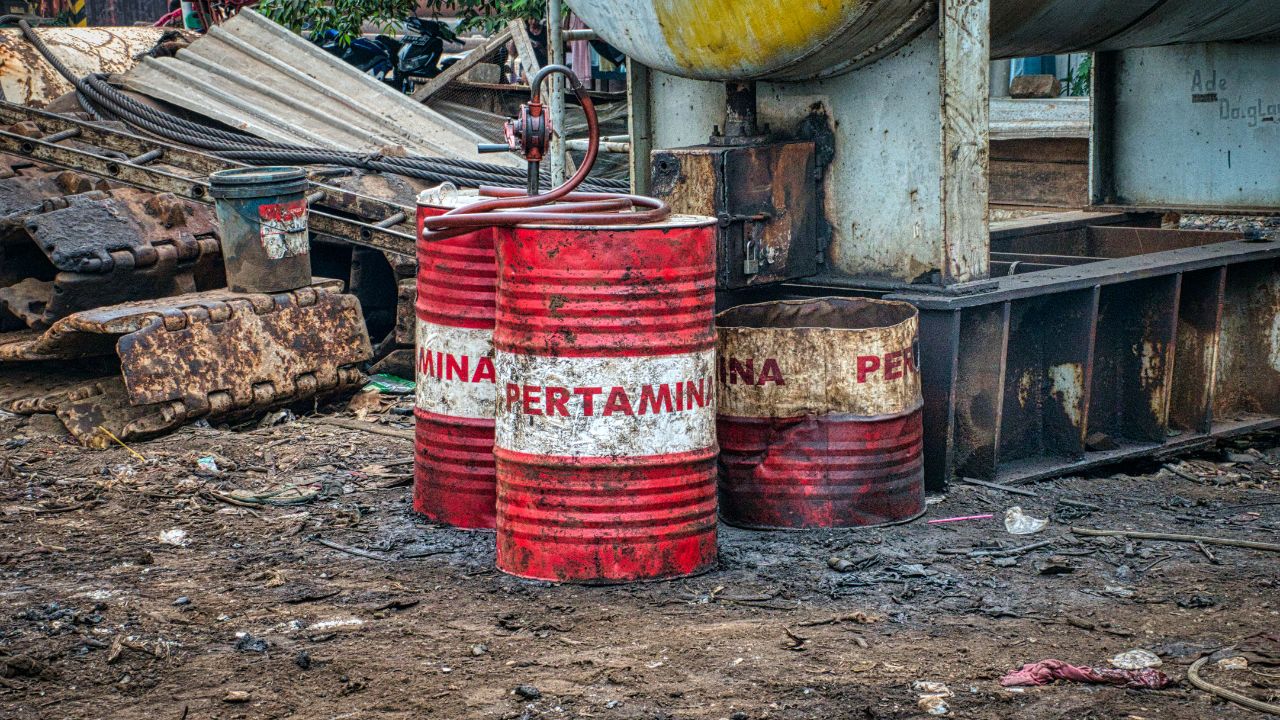
PFAS “Forever Chemicals”
Source: Industrial activities, firefighting foam, consumer products, and environmental contamination that has migrated into groundwater and surface water sources
Health Effects: Cancer, liver damage, immune system suppression, high cholesterol, pregnancy complications, and developmental effects in children
Current Levels: PFOA detected at 1.29 ppt (14x above health guidelines), PFOS at 3.87 ppt (13x above health guidelines), PFHXS at 1.69 ppt (1,686x above health guidelines)
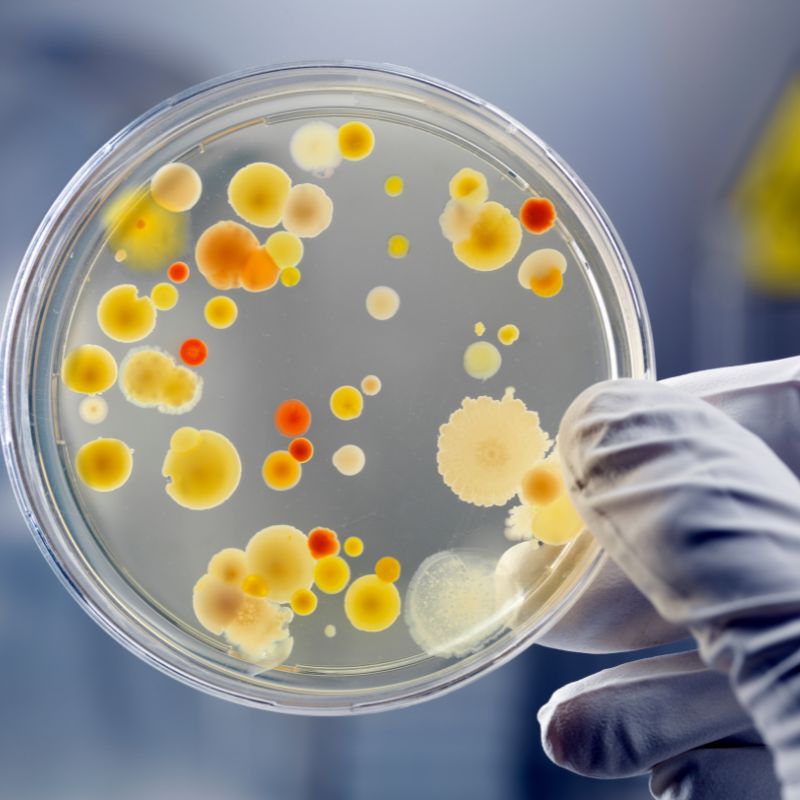
Disinfection Byproducts
Source: Form when chlorine and other disinfectants used in water treatment react with naturally occurring organic matter in source water
Effects: Increased risk of bladder cancer, reproductive effects, and pregnancy complications with long-term exposure to elevated levels
Current Status: Haloacetic acids (HAA9) at 15.3 ppb (254x above health guidelines), Total Trihalomethanes at 14.5 ppb (97x above health guidelines), Bromate at 2.54 ppb (25x above health guidelines)
Please read – our information
The information presented on cleanairandwater.net is compiled from official water quality reports, trusted news sources, government websites, and public health resources. While we strive for accuracy and thoroughness in our presentations, we are not scientists, engineers, or qualified water quality professionals.
Our mission is to present water quality information in an accessible, real-world format that helps people understand what’s in their water and make informed decisions about their health and safety. We believe that complex environmental information should be available to everyone in a format that’s easy to understand.
We make every effort to ensure our content is current and accurate, but we cannot guarantee that all information is complete or error-free. This website should not replace official communications from your local water utility or health department. We always recommend consulting official sources for the most up-to-date information regarding your specific water system.
Clean Air and Water is not liable for any unintentional errors, omissions, or outdated information. The content on this site is provided for informational purposes only and should not be considered professional advice.


